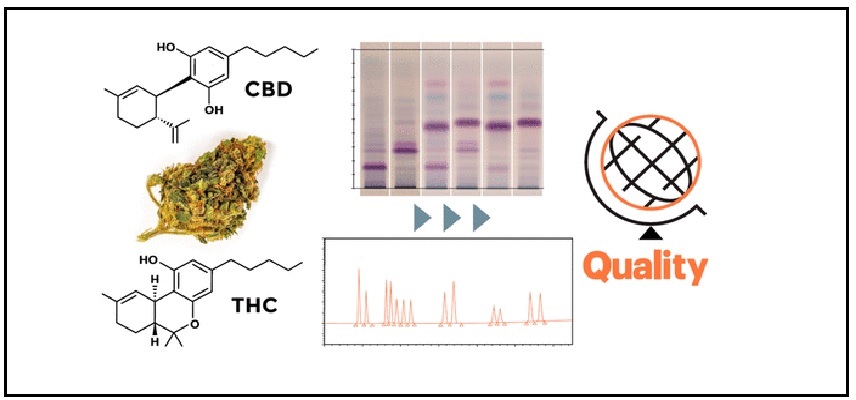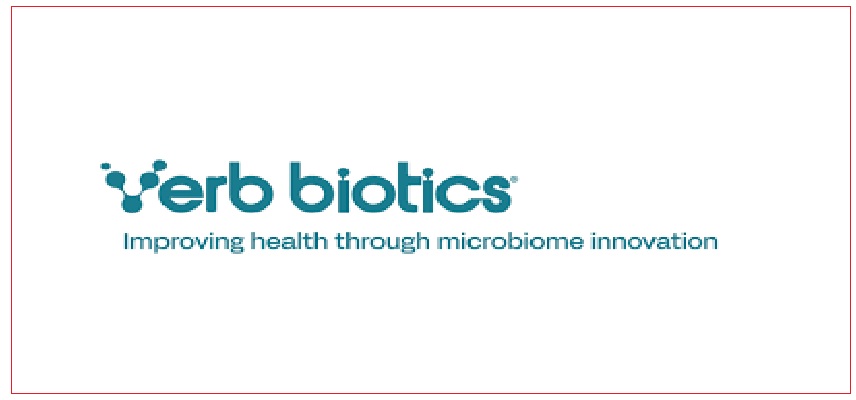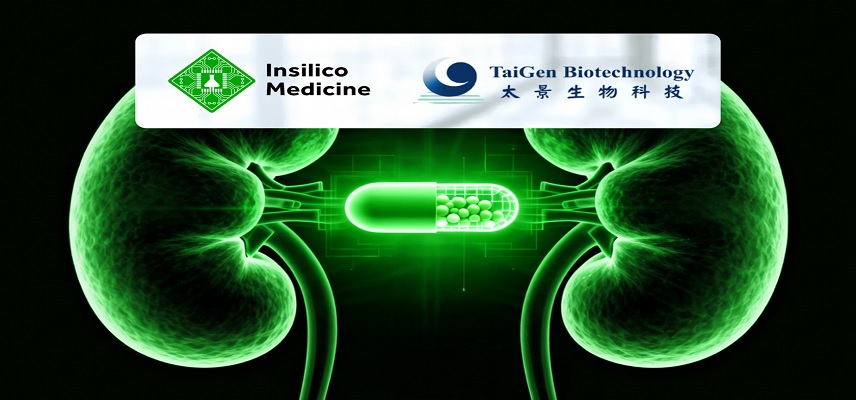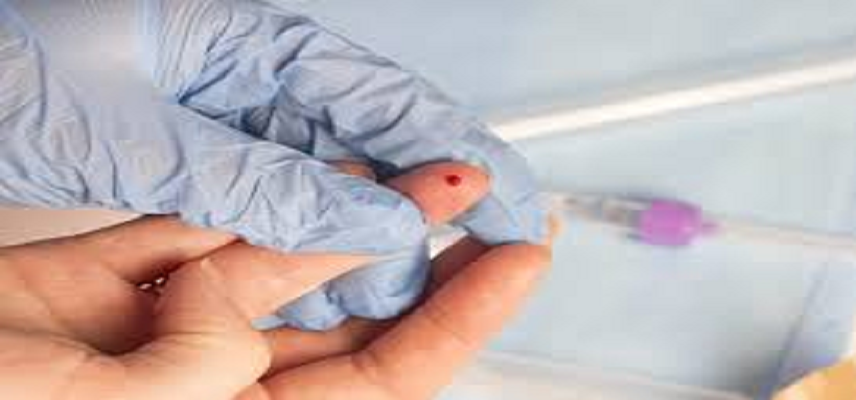Bayer Submits Marketing Authorization Application for Elinzanetant to EMA
Bayer submits marketing authorization application to EMA for elinzanetant to treat moderate to severe vasomotor symptoms
Overview
Bayer has submitted a marketing authorization application (MAA) to the European Medicines Agency (EMA) for elinzanetant for the treatment of moderate to severe vasomotor symptoms (VMS, also known as hot flashes) associated with menopause or caused by adjuvant endocrine therapy.
From the Pharmaceutical leadership team: Bayer
- Menopausal symptoms can differ significantly from one woman to another in both their nature and intensity,” said Christine Roth, executive vice president, global product strategy and commercialization, member of the pharmaceutical leadership team at Bayer.
- With this submission, Bayer is seeking to expand treatment choices so that clinicians can offer more personalized care that addresses the unique needs of each woman.
Behind the EMA Submission
- The EMA submission is based on results from the phase III development program OASIS.
- Data from OASIS 1 and 2 were published in the Journal of the American Medical Association (JAMA) in August 2024.
- Detailed results of the phase III study OASIS 3 providing additional efficacy and safety data over 52 weeks were presented at The Menopause Society (TMS) annual meeting in September 2024.
NDAs Acceptance by Different Countries
- Recently, the Health Authorities in Australia, Canada, Switzerland, UK as well as in the US accepted the company’s New Drug Applications (NDAs) for elinzanetant for review.
- Bayer is continuing to submit applications for marketing authorizations of elinzanetant to further health authorities globally.
The Clinical Development Program: OASIS
- The phase III clinical development program of elinzanetant, OASIS, currently comprises four phase III studies: OASIS 1, 2, 3 and 4.
- OASIS 1 and 2 investigated the efficacy and safety of elinzanetant administered orally once daily in women with moderate to severe VMS associated with menopause over 26 weeks and randomized 396 and 400 postmenopausal women between 40 and 65 years across 184 sites in 15 countries.
- Patients in the elinzanetant arm received a 120 mg dose of elinzanetant once daily for 26 weeks and patients in the control arm received a matching placebo once daily for 12 weeks, followed by elinzanetant 120 mg dose for 14 weeks.
- OASIS 3 investigated the efficacy and safety of elinzanetant for the treatment of vasomotor symptoms over 52 weeks in postmenopausal women and randomized 628 postmenopausal women between 40 and 65 years across 83 sites in 9 countries.
- The OASIS 4 study investigates the efficacy and safety of elinzanetant in women with moderate to severe VMS caused by adjuvant endocrine therapy for treatment or prevention of breast cancer.
- This study intends to randomize approximately 400 patients at about 95 centres in 15 countries.
NIRVANA Study
- In addition to the OASIS program, Bayer is conducting NIRVANA (NCT06112756), an exploratory phase II randomized, parallel-group treatment, double-blind study.
- The primary objective is to explore the efficacy of elinzanetant on sleep disturbances associated with menopause (SDM) as determined by polysomnography (PSG).
- PSG is a validated method to study sleep and underlying causes of sleep disturbances.
- Additional objectives include exploring the efficacy of elinzanetant on SDM as determined by patient-reported outcomes and further evaluating the safety of elinzanetant.
About the Drug: Elinzanetant
- Elinzanetant is the first dual neurokinin-1 and 3 (NK-1 and 3) receptor antagonist, in late-stage clinical development for the non-hormonal treatment of moderate to severe VMS associated with menopause or caused by adjuvant endocrine therapy, administered orally once daily.
- Elinzanetant may address moderate to severe VMS by modulating a group of estrogen sensitive neurons in the hypothalamus region of the brain (the KNDy neurons) which, with the decrease of estrogen, become hypertrophic and lead to a hyperactivation of the thermoregulatory pathway, consequently disrupting body heat control mechanisms resulting in VMS.
- Based on key secondary endpoints of OASIS 1 and 2, Elinzanetant may also decrease sleep disturbances associated with menopause.
About Vasomotor Symptoms
- Vasomotor symptoms (VMS; also referred to as hot flashes) result from hyperactivation of the thermoregulatory pathway mediated by hypertrophy of the KNDy neurons.
- This is due to a decrease of estrogen, which can result from the progressive reduction of ovarian function due to natural menopause or medical intervention by bilateral oophorectomy or adjuvant endocrine therapy.
Vasomotor Symptoms Reporting
- VMS are reported by up to 80% of women at some point during the menopausal transition and are one of the leading causes for seeking medical attention during this phase of a woman’s life.
- Over one-third of menopausal women report severe symptoms, which can last 10 years or more after the last menstrual period, with relevant impact on quality of life.
VMS may also be caused by adjuvant endocrine therapy, for the treatment or prevention of breast cancer, impacting quality of life and treatment adherence. For these women, there are currently no approved treatment options.
About Menopause
- By 2030, the global population of women experiencing menopause is projected to increase to 1.2 billion, with 47 million women entering this phase each year.
- Menopause is a transitional phase in women’s lives, related to the progressive decline of ovarian function.
- It usually occurs in women during their 40s or early 50s.
- It can also be the result of surgical or medical treatment such as breast cancer treatment.
- The hormonal decline can lead to various symptoms which can substantially affect a woman’s health, quality of life, healthcare utilization and work productivity.
- The most frequently reported and disruptive symptoms during the menopausal transition are VMS, sleep disturbances and mood changes.
- Menopausal symptoms can also be the result of surgical or medical treatment.
- Addressing the symptoms is key to maintaining functional ability and quality of life which is highly relevant from both a healthcare and socio-economic perspective.
Bayer’s Dedication for Women’s Health
- Women’s Health is in Bayer’s DNA.
- As a global leader in women’s healthcare Bayer has a long-standing commitment to delivering science for a better life by advancing a portfolio of innovative treatments. Bayer offers a wide range of effective short- and long-acting birth control methods as well as therapies for menopause management and gynaecological diseases.
- Bayer is also focusing on innovative options to address the unmet medical needs of women worldwide and to broadening treatment choices such as in menopause.
- Additionally, Bayer intends to provide 100 million women per year in low-and-middle income countries by 2030 with access to family planning by funding multi-stakeholder aid programs for capacity building and by ensuring the supply of affordable modern contraceptives.
- This is part of the comprehensive sustainability measures and commitments from 2020 onwards and in line with the Sustainable Development Goals of the United Nations.

Optimize Your trial insights with Clival Database.
Are you exhausted from the uncertainty of trial insights pricing? Clival Database ensures the clarity in the midst of the global scenario for clinical trials to you.Clival Database is one of the best databases that offers an outstanding number of clinical trial data in terms of 50,000+ molecules and from primary regulatory markets as well as new entrants like Indian and Chinese markets.
With Clival, you get accurate positioning of historical sales data, patent database, company profiling, safety & efficacy, and prediction of launch of new innovative molecules helping you to align your research and driving down the cost.
To add value, we further break down our analytics for you so that improving your operational effectiveness; optimizing your clinical trials; and offering you accurate and high-quality data at lowest possible prices becomes possible.
Elevate your trial success rate with the cutting-edge insights from Clival database.
Check it out today and make more informed sourcing decisions! Learn More!







